August 14, 2021 - Boots The Clown – World’s Greatest Act Part II
Boots arrived in response to the pandemic …
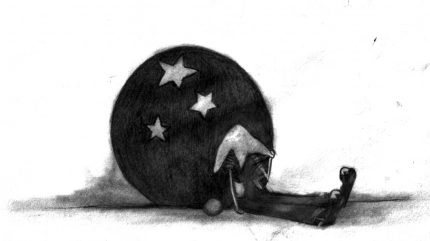
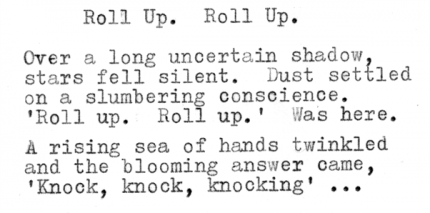
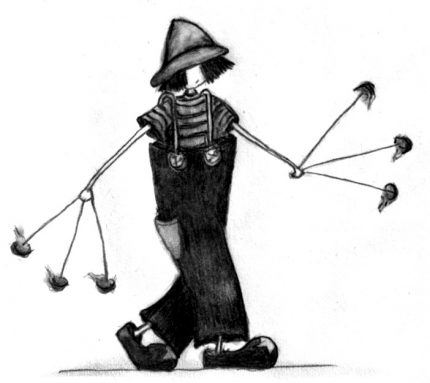
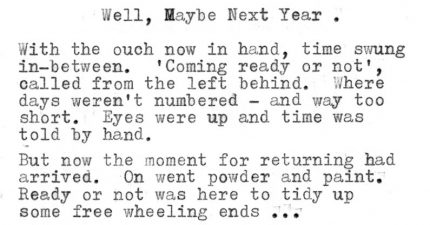
Read the rest of this page »
Boots arrived in response to the pandemic …




Read the rest of this page »
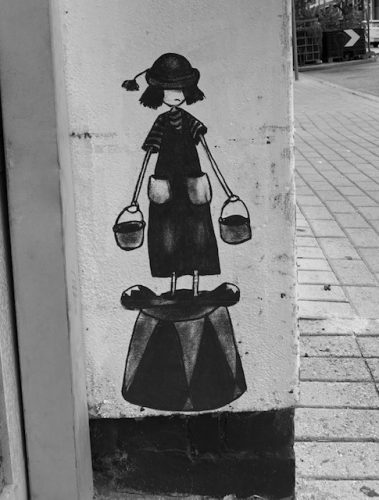
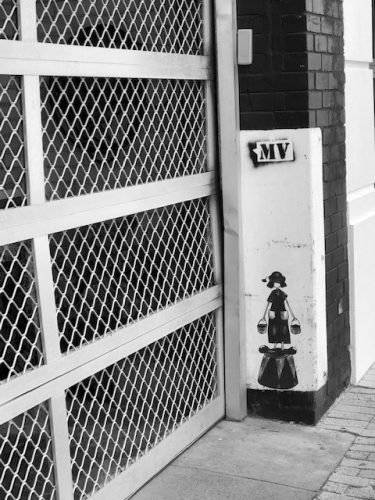
(‘Boots the Clown. World’s Greatest Act’. Arrived out of isolation 2020. Pakenham Street, Fremantle).
World’s Greatest Act Story Part I.
Caught in a spin, under lights left on, the crowd piled high in competition and clutter. Until one, not so surprising day, an invisible curtain crept up. ‘At last’, the big top moaned. The crowd no longer applauded mindless acts. The performance was over.
Finally, in tune with the, ‘Going, going, gone’, the crowd rose to reunite through the hands of a clock ticking. Together again, they would perform the world’s greatest, most death defying act of all time …
“Song I made up to stop myself from having a panic attack just now. ” Field Medic Listen on Spotify.
“If you’re depressed or anxious, you’re not weak and you’re not crazy — you’re a human being with unmet needs,” Hari says. Johann Hari’s book, ‘Lost Connections’ and resource website. See Black Dog’s Links page for support contacts.
IMPORTANT: If you’re on medication, do not stop without discussing with a health professional.
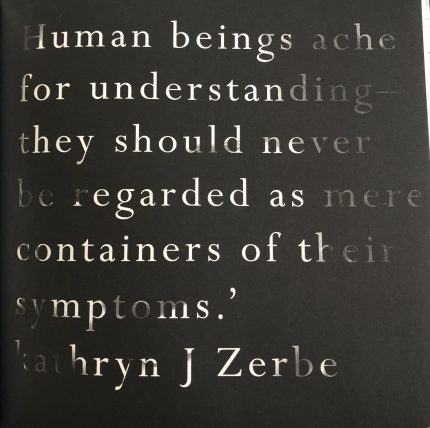
And a personal story reflecting a more caring approach, ‘Tread Carefully In Mind’ (written 2007).
Boots the Clown, World’s Greatest Act is a story of comfort and hope during COVID times. Boots arrived during lock down early 2020. Please know you can freely share and pass on this link to others and print out the poster or concertina book/story panel. Video instructions on Instagram @browneink.
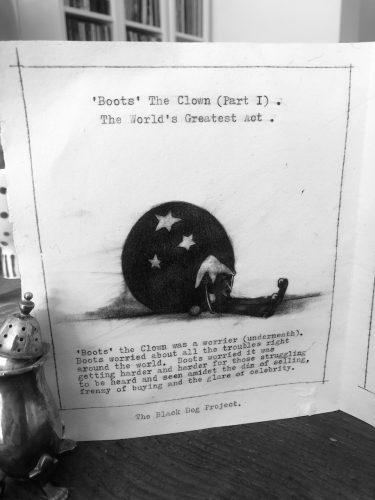
Free to print A4 posters/concertina book, with instructions (below and above). Print, frame or stick up story panels. Make a concertina book for window sills, desks, mantle pieces – do something of your own. Free to print A3 poster.
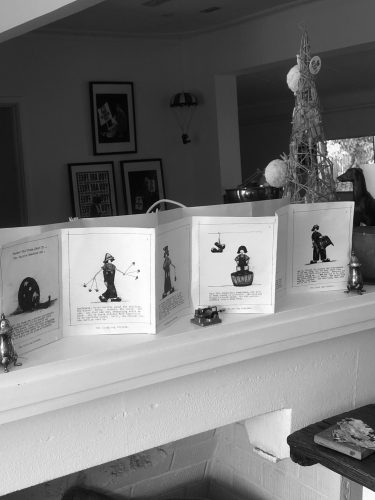
The World’s Greatest Act Part I…

‘Boots’ the Clown was a worrier (underneath). Boots worried about all the troubles right around the world. Boots worried it was getting harder and harder for those struggling to be heard and seen amidst the din of selling, frenzy of buying and the glare of celebrity.
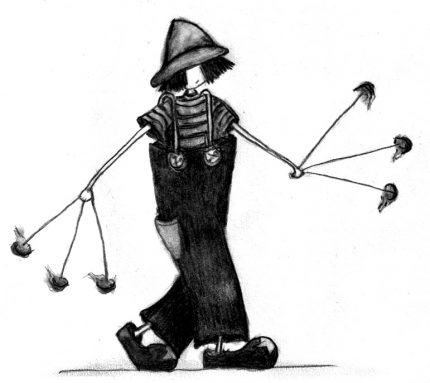
Endlessly, Boots worried about the children. The fires. Trees. Animals. The ocean. The air. And that one day, everything would be lost. All of these worries felt impossible to do anything about. Until, one strange day, the curtain went up.
Read the rest of this page »
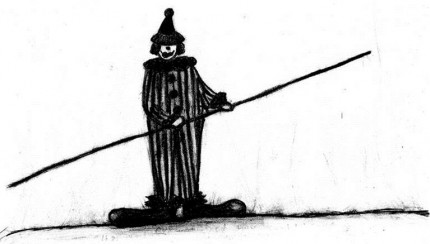
Racism Is No Joke .
‘The Joker is a little fool who is different from everyone else. He’s not a club, diamond, heart, or spade. He’s not an eight or a nine, a King or a Jack. He is an outsider. He is placed in the same pack as the other cards, but he doesn’t belong there. Therefore, he can be removed without anybody missing him.’
Jostein Gaarder.
‘Joker and Impossible Things’.